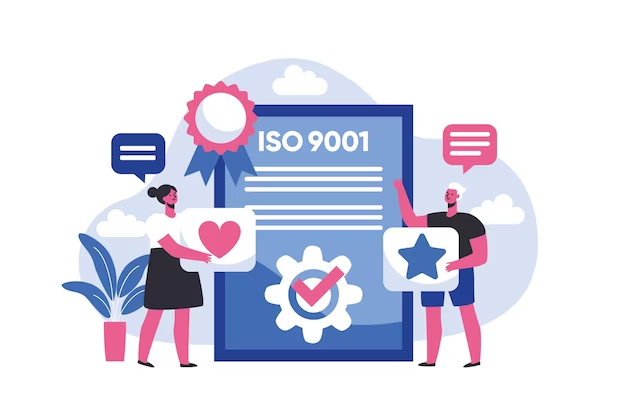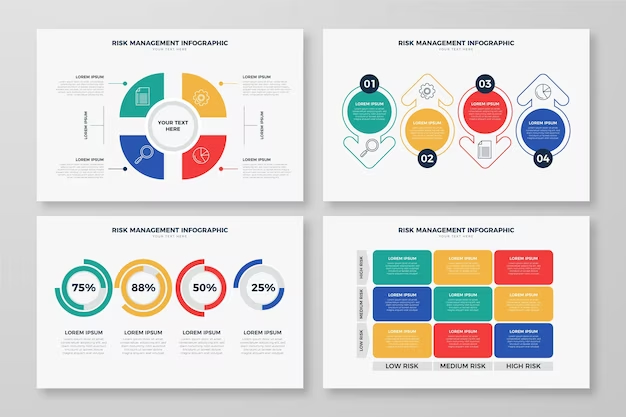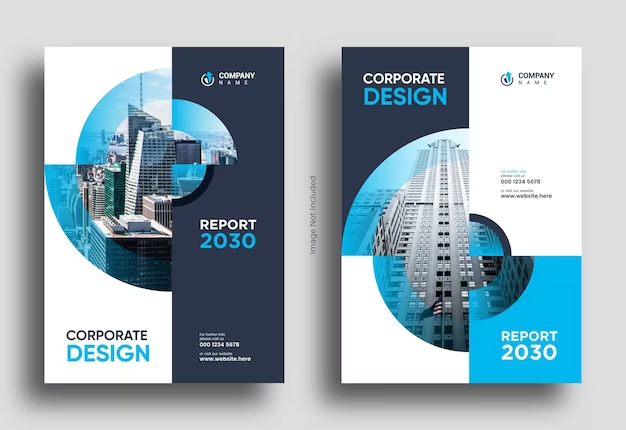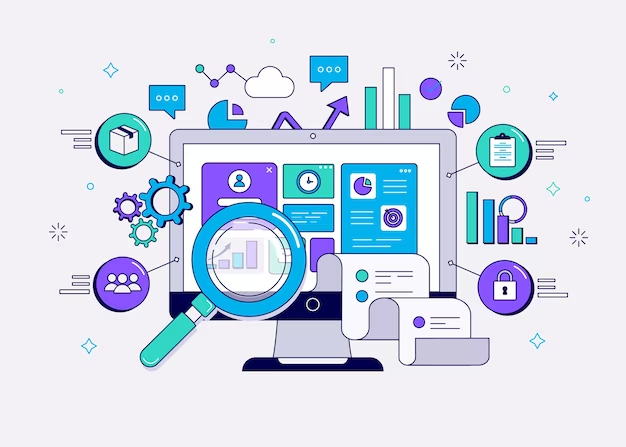A blog is more than just a collection of articles. It’s a powerful marketing tool that can help you grow your business, attract more customers, and establish your authority in your niche. But to achieve these benefits, you need a blog strategy.
A blog strategy is a plan that outlines the purpose, goals, audience, topics, and tactics of your blog. It helps you create and publish content that is relevant, valuable, and engaging for your target market. It also helps you measure and optimize your blog’s performance and impact.
Without a blog strategy, you may end up wasting time and resources on creating content that doesn’t serve your business objectives or your audience’s needs. You may also miss out on opportunities to reach more potential customers and generate more revenue.
So, how do you create a blog strategy that boosts your business? Here are some steps to follow:
1. Define Your Blog’s Purpose and Goals
The first step in creating a blog strategy is to define your blog’s purpose and goals. Why does your blog exist? What do you want to achieve with it?
Your blog’s purpose should be aligned with your business’s mission, vision, and values. It should also reflect your unique selling proposition and your area of expertise. Your blog’s purpose should answer the question: “How does my blog help my audience solve their problems or achieve their goals?”
Your blog’s goals should be aligned with your business’s goals and your overall marketing strategy. They should also be specific, measurable, achievable, relevant, and time-bound (SMART). Your blog’s goals should answer the question: “How does my blog help my business grow and succeed?”
For example, if you run an online yoga accessory store, your blog’s purpose may be to help your audience improve their physical and mental well-being through yoga. Your blog’s goals may be to increase your website traffic, generate more leads, and boost your sales.
2. Research Your Target Audience and Competitors
The next step in creating a blog strategy is to research your target audience and competitors. Who are you writing for? Who are you competing with?
Your target audience is the group of people who are most likely to be interested in your products or services. They are also the people who can benefit the most from your blog content. You need to understand their demographics, psychographics, pain points, challenges, goals, motivations, preferences, and expectations.
One way to research your target audience is to create buyer personas. Buyer personas are semi-fictional representations of your ideal customers based on real data and research. They help you create content that is relevant, valuable, and personalized for your audience.
Another way to research your target audience is to use tools like Google Analytics, Google Search Console, and Bing Webmaster Tools. These tools can help you track and analyze your website’s traffic, ranking, engagement, and conversions. They can also help you identify the keywords, topics, and questions that your audience is searching for online.
Your competitors are the other businesses or websites that offer similar products or services to your target audience. They are also the ones who create content on the same or related topics as you. You need to understand their strengths, weaknesses, opportunities, and threats.
One way to research your competitors is to use tools like Ahrefs, Moz, and SEMrush. These tools can help you analyze your competitors’ websites, keywords, backlinks, content, and social media. They can also help you identify the gaps and opportunities in your niche.
3. Do Thorough Keyword Research
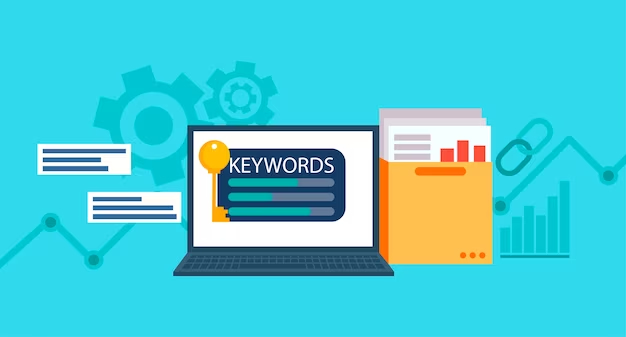
The third step in creating a blog strategy is to do thorough keyword research. What are the words and phrases that your target audience uses to search for information, products, or services related to your niche? What are the words and phrases that you want to rank for on search engines?
Keyword research is the process of finding and analyzing the keywords that are relevant and profitable for your blog. It helps you create content that matches your audience’s search intent and drives organic traffic to your website. It also helps you optimize your content for SEO and ranking.
One way to do keyword research is to use tools like Ahrefs, Moz, and SEMrush. These tools can help you discover and evaluate thousands of keywords for your niche. They can also help you see the search volume, difficulty, competition, and trends of each keyword.
Another way to do keyword research is to use tools like Google Trends, AnswerThePublic, and Quora. These tools can help you find and explore the popular and emerging topics and questions in your niche. They can also help you see the interest, demand, and seasonality of each topic and question.
4. Build a Content Plan
The fourth step in creating a blog strategy is to build a content plan. What are the topics and types of content that you will create and publish on your blog? When and where will you publish them?
A content plan is a document that outlines the details and specifications of your blog content. It helps you organize and schedule your content creation and publication. It also helps you align your content with your blog’s purpose, goals, audience, and keywords.
One way to build a content plan is to use tools like Google Sheets, Trello, or HubSpot. These tools can help you create and manage a content calendar that shows the topics, titles, formats, keywords, deadlines, and distribution channels of your content. You can also use templates like editorial calendar templates, blog post templates, and content audit templates to plan and organize your content.
Another way to build a content plan is to use tools like CoSchedule, Buffer, or Hootsuite. These tools can help you automate and streamline your content publication and promotion. They can also help you track and measure your content’s performance and impact.
5. Create Your Blog’s Identity
The fifth step in creating a blog strategy is to create your blog’s identity. How do you want your blog to look, sound, and feel? How do you want your blog to be perceived by your audience and competitors?
Your blog’s identity is the personality and voice of your blog. It’s how you communicate with your audience and differentiate yourself from your competitors. Your blog’s identity should be consistent and coherent across all your content channels, including your website, blog, social media, email, and more.
To create your blog’s identity, you need to establish your blog’s guidelines. These are the rules and standards that define your blog’s tone, voice, style, and visual elements. Your blog’s guidelines will help you create content that reflects your blog’s identity and resonates with your audience.
6. Track and Optimize Your Blog’s Success
The final step in creating a blog strategy is to track and optimize your blog’s success. How well is your blog achieving your purpose and goals? How can you improve your blog’s performance and impact?
To track and optimize your blog’s success, you need to define your key performance indicators (KPIs). These are the metrics that indicate how well your blog is doing. For example, some common KPIs for blogs are traffic, bounce rate, time on page, social shares, comments, downloads, leads, conversions, and revenue.
You also need to use tools and platforms that can help you collect and analyze your blog’s data and insights. For example, you can use tools like Google Analytics, Google Search Console, Bing Webmaster Tools, and HubSpot to measure your blog’s traffic, ranking, engagement, and conversions.
You also need to analyze and optimize your blog’s content and strategy based on the data and insights that you collect. Identify what is working and what is not working for your blog. You need to use the data to improve your content quality, relevance, and value. You also need to use the data to adjust your content plan, schedule, and tactics.
Let us Help!
A blog strategy is a plan that helps you create and maintain a successful blog that boosts your business. It helps you define your blog’s purpose, goals, audience, topics, and tactics. It also helps you measure and optimize your blog’s performance and impact.
But to have a great blog, you also need a great website. A website is the first impression that your audience will have of your business. It’s also the main platform where you will publish and distribute your blog content.
Looking to enhance your online presence and captivate your audience with a stunning website? Our expert web design services are tailored to your unique needs. Contact us today to elevate your brand and leave a lasting impression on the digital landscape. Your success is just a click away!


